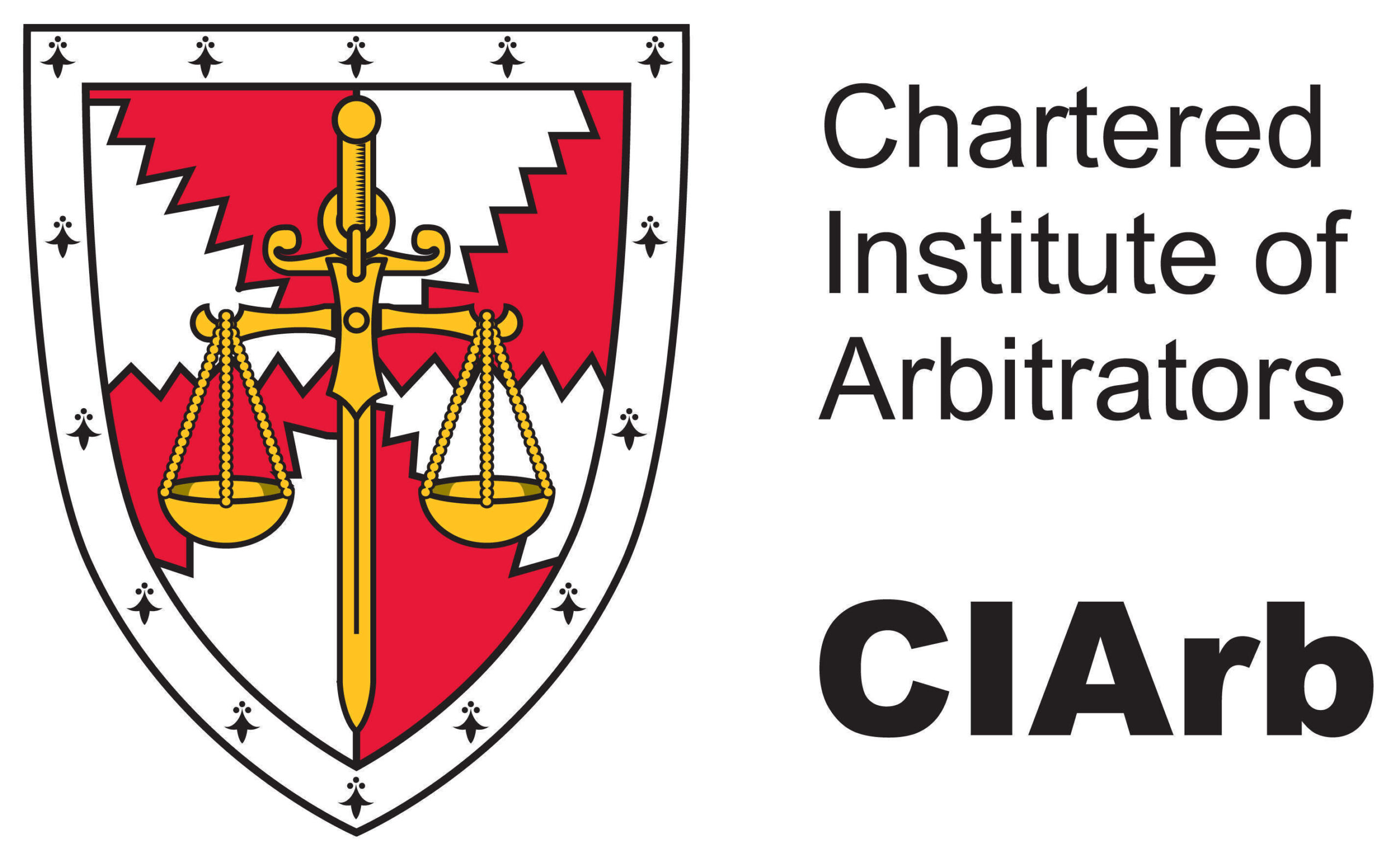As a busy firm with a diverse portfolio of work we often encounter challenging and bizarre matters that ignite our curiosity. In this our first ‘On The Case’, Luke Newton, our Dispute Resolution expert, provides a small but significant insight into a common misconception when it comes to a boundary dispute, the facing direction of a boundary fence doesn’t necessarily denote whose boundary it is.
The case of Hawkes v Howe heard by the Court of Appeal in 2002 is (in legal terms) a relatively recent case that deals with the presumption that if the fence panel in your garden faces away from you, it is your fence. The general reasoning behind this is because it is assumed that the landowner will place the supporting posts on their own land and attach the panels on the opposite side, thus creating maximum use of their own land. However, this is a rebuttable and challengeable presumption given that not everybody follows the ‘status quo’ when erecting fences and other structures.
“…it will likely be that certain ‘T’ marks are present on the
plans which are very often indicative of the owner
of the diving structure…”
It is important before engaging in any form of dispute or commencing proceedings against the neighbouring properties, that you properly consider the Title documents for the land in question and the surrounding properties. The Title Plans may show certain ‘T’ marks are present, which are very often indicative as to the owner of the dividing structure, however, again, this is a rebuttable and challengeable presumption and further documentation must be consulted before considering frustration of the boundary line or features.
“…some neighbours sought to vary boundaries
and structures with no prior consultation of documents
or agreement with their counterparts…”
During lockdown, solicitors have seen a sharp increase in boundary disputes, given that many people saw this as a prime opportunity to make improvements to their property and gardens, given that we all seemed to be spending more time at home and in our gardens enjoying the sun. Unfortunately, some neighbours sought to vary boundaries and structures with no prior consultation of documents or agreement with their counterparts and naturally, disputes have arisen. It is extremely important that you seek advice on varying boundaries before carrying out and changes. As you can see from the above case of Hawkes V Howden, whilst there are presumptions in law, these can be challenged.
Here at Thornton Jones Solicitors we have a specialist team who can assist you and guide you through the process of querying a boundary. To find out more call us for a free initial consultation at any of our four Yorkshire based offices.
You can contact us here, or alternatively, you can call us to discuss further and to make an appointment at any of our four Yorkshire based offices.
![]() Solicitors in Wakefield – Call 01924 290 029
Solicitors in Wakefield – Call 01924 290 029![]() Solicitors in Garforth – Call 0113 246 4423
Solicitors in Garforth – Call 0113 246 4423![]() Solicitors in Ossett – Call 01924 586 466
Solicitors in Ossett – Call 01924 586 466![]() Solicitors in Sherburn in Elmet – Call 01977 350 500
Solicitors in Sherburn in Elmet – Call 01977 350 500
Thornton Jones Solicitors are a firm of Solicitors in Wakefield. We have a wealth of experience in dispute resolution including boundary disputes, landlord matters, tenant matters and settlement agreements. We also have offices in Garforth, Ossett and Sherburn in Elmet so if you are looking for a Solicitor in Garforth or a Solicitor in Sherburn in Elmet or a Solicitor in Ossett then call us to discuss your matter and to book an appointment.
The content of this blog post is for information only and does not constitute formal legal advice and should not be relied upon as advice. Thornton Jones Solicitors Limited accepts no liability for any such reliance upon this content. Where the post includes links to external websites, Thornton Jones Solicitors Limited accepts no responsibility for the content of such sites. Any link to a third party website should not be construed as endorsement by Thornton Jones Solicitors Limited of any content, products, or services which are outside our direct control.






